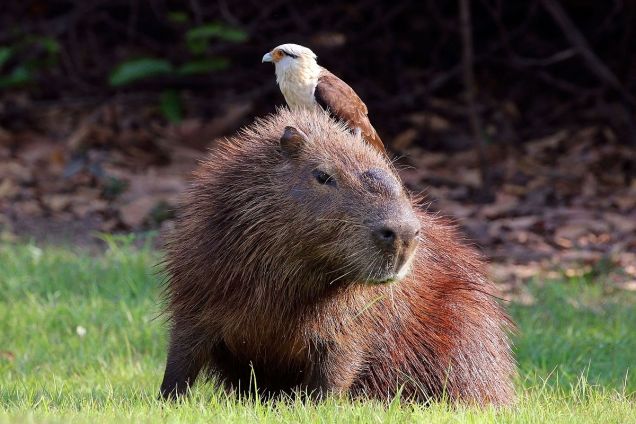Using joint species distribution models for evaluating how species-to-species associations depend on the environmental context (2017) Tikhonov et al, Methods in Ecology and Evolution, DOI: https://doi.org/10.1111/2041-210X.12723

The Crux
Statistical modelling is a crucial part of ecology. Being able to provide an (admittedly simplified) mathematical description of the relationship between species abundance, range or density and the surrounding environment is a huge help in taking proactive steps to manage an ecosystem, or predicting species numbers in other areas.
Historically models have used environmental variables to explain population or evolutionary developments in species. When modelling a single species, many ecologists have taken into account that the presence of other species (for example competitors or predators) may influence the presence of this single species. This has led to the rise of joint species distribution models (JSDMs), which take into account environmental variables, as well as the interactions between certain species. These models have become increasingly useful, and with environmental change now being the norm in many ecosystems, this week’s authors produced one such model that accounts for changes in species interactions in the face of changing environmental factors.